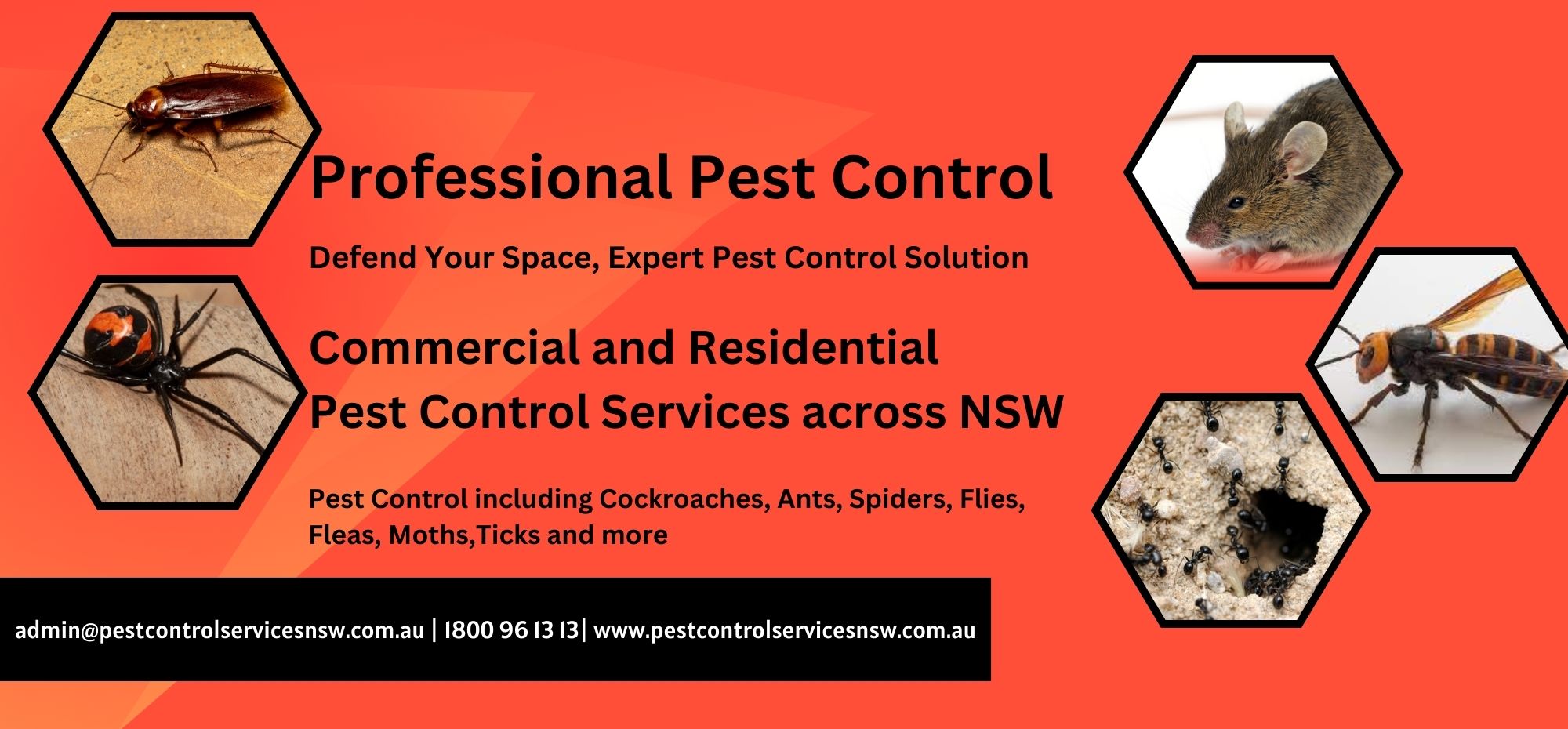Non-native species can disrupt on ecosystems and pose major challenges to pest control in our homes and commercial properties. As some introduced pests succeed in alien ecosystems, they often become hard to handle and can cause harm to property and human health. Understanding the specific invasive species to keep an eye on, along with effective management strategies, is important for maintaining your living space without pests all year long.
In this manual, we will discuss the five invasive species that residential managers and property managers should be cognizant of. We will analyze their behaviors, the threats they pose, and provide practical advice on how to avoid and manage these pests. From frequent household pests to more severe threats, knowing how to identify these pests and reacting appropriately can help protect your home and well-being.
Frequent Home Infestations
Household pests are a common issue for property owners, and recognizing their behaviors is essential to effective management. Common pests are fire ants, German cockroaches, and mattress critters. Ants are highly cooperative insects that frequently invade homes in search of sustenance. They can quickly become a significant problem, especially when foraging trails lead to nests within walls or foundations. Roaches, on the other hand, flourish in shadowy, cozy places, making them particularly difficult to remove once they establish a presence. Bed bugs are well-known for their ability to conceal themselves in small fissures and crevices, feeding on human blood during the darkness, which can cause distress and anxiety for those impacted.
Proficient pest management starts with proper identification to apply the appropriate strategies. For case in point, managing with ants may require blocking entry points and placing poisoned baits, while roach control requires careful cleaning and possibly pesticide applications in problematic locations. Bedbug elimination often requires professional extermination due to their hardiness and rapid reproduction speed. Homeowners should be vigilant about clues of infestation, such as excrement, homes, or marks, and take action swiftly to diminish issues.
Recognizing the common conduct and environments of these pests can substantially impact the effectiveness of control efforts. Seasonal changes can also affect pest activity, with specific types becoming more noticeable in the spring or fall. Regular maintenance, including checks and protective actions, can help curb the problem before it grows. By remaining proactive and informed, residents can create a pest-free environment all year the seasons.
Successful Insect Control Approaches
To successfully manage non-native species and household pests, a all-encompassing approach is necessary. This involves understanding the distinct pests you are confronting, including their behavior and environments. For example, ants may be lured to food sources, while rodents seek refuge. Identification is the primary step in formulating your pest control strategy. Once the pests are recognized, you can determine the optimal methods of removal, focusing on both quick action and long-term avoidance.
In addition to traditional pesticides, explore incorporating organic pest control approaches that are harmless for both your loved ones and the environment. Utilizing essential oils, diatomaceous earth, and catching systems can efficiently minimize pest populations without dangerous chemicals. Furthermore, these methods often support professional pest control solutions, ensuring that your home remains pest-free year-round. Be aware that some pests, such as termites and cockroaches, require specialized treatment due to their toughness and the possible damage they can cause.
Proactive measures play a crucial role in pest control strategies. Consistently inspecting your home for signs of infestation and ensuring tidiness can significantly lower the chance of pest problems. Click here! , such as closing cracks, securing food storage, and maintaining your landscape, is important in keeping invasive species at bay. By recognizing how to protect your home based on the varying seasons, you can create a preemptive approach that lessens the likelihood of infestations. Establishing a routine for professional inspections can also assist catch potential concerns before they escalate, ensuring your home remains a pest-free refuge.
Time-of-Year Bug Prevention Advice

As the seasons shift, so do the types of pests that may enter your home. The spring season brings a increase in insects like ants and mosquitoes. To get ready, make sure that your windows and doors are properly sealed, and check for any leaks that could draw in these pests. Regularly cleaning your yard and removing debris can greatly reduce their nesting sites. Additionally, consider implementing a pest control strategy in early the spring season to stay ahead of potential invasions.
In summer, the heat can lead to an increase of various bugs including wasps and flies. Maintain your cooking area tidy by quickly cleaning up spills and storing food in airtight containers. Using outdoor bug management methods like citronella torches can assist fight mosquitoes during outdoor gatherings. It's also wise to inspect your house’s exterior for any fissures or gaps that could give bugs easy entry to your home space.
As autumn comes, rodents often look for shelter from the chill. Close any gaps in your foundation or around plumbing to deter mice and vermin from getting into your house. Store firewood away from the building and make sure that your drainage system are clear to prevent water accumulation, which can attract insects. Routine inspections and maintenance will help keep your house free of pests through the colder season, laying a solid base for continued bug control in the winter season.
